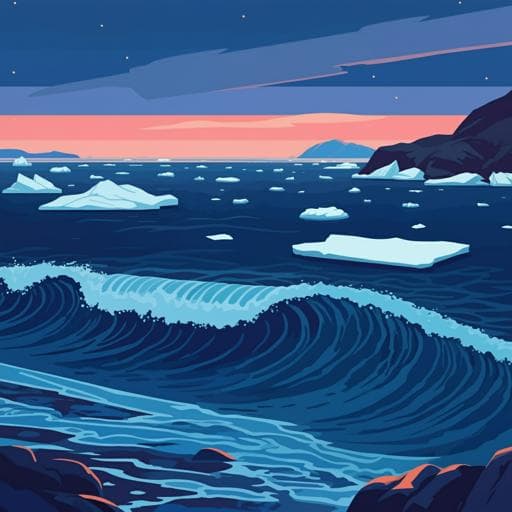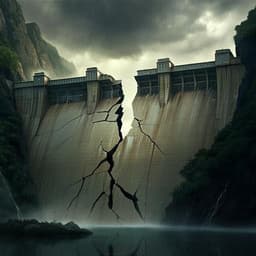
Earth Sciences
Increasing coastal exposure to extreme wave events in the Alaskan Arctic as the open water season expands
M. Henke, T. Miesse, et al.
This research by Martin Henke, Tyler Miesse, André de Souza de Lima, Celso M. Ferreira, and Thomas M. Ravens explores how declining Arctic sea ice is amplifying coastal hazards in the Alaskan Arctic. Projections indicate a significant increase in coastal wave heights and an extended season of wave exposure to hazards, threatening the historical sea ice protection in the Beaufort coastal region.
~3 min • Beginner • English
Related Publications
Explore these studies to deepen your understanding of the subject.







